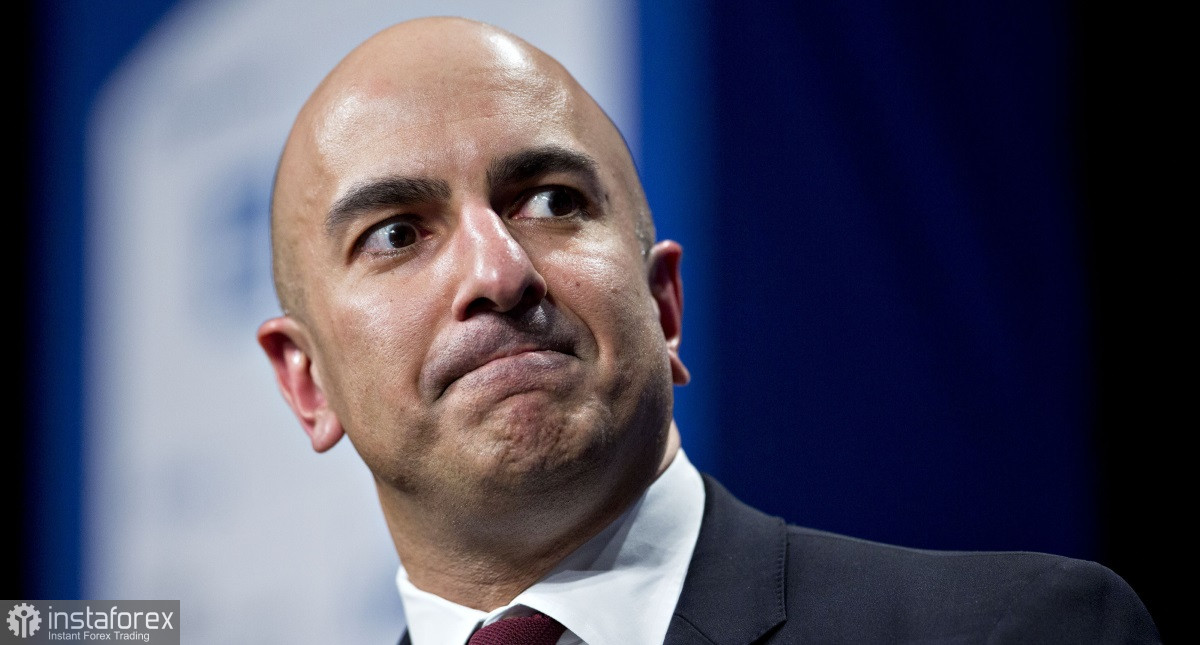
When policymakers published their rate forecasts in December of the previous year, Kashkari predicted two rate cuts for this year. Speaking last week, he mentioned that his forecast was unlikely to be significantly revised anytime soon, adding that a stricter scenario, where the Federal Reserve lowered rates just once this year, could not be ruled out. New forecasts will be presented at the committee meeting in mid-March. "It's hard to see, with the data that's come in, that I'd be saying more cuts than I had in December," Kashkari stated. "It seems like at a base case I'd be where I was in December, or potentially one fewer, but I haven't decided."
Undoubtedly, policymakers' stance will be determined by the inflation data released this week. Friday's labor market data in the US suggests that rates need to remain at their peaks further, as the market overheating is evident. Since July of last year, Fed officials have kept rates at their highs, stating they will not reduce them until more confidence is gained that inflation is nearing the 2% target. According to the average forecast, the December meeting outlined three rate cuts for 2024. As mentioned earlier, we will learn about the new forecasts at the meeting on March 19-20.
The head of the Federal Reserve Bank of Minneapolis, who does not vote on monetary policy this year, also stated that the ongoing strength in the labor market and economic growth suggest that high rates have not significantly impacted the economy yet. "If we have a run rate that's very attractive, people have jobs, businesses are doing well, inflation is coming back down, why do anything?" he said.
Kashkari also noted that he is closely monitoring the incoming inflation data, expressing his desire for further reduction. However, even if price growth begins to accelerate, he said, raising interest rates would not be the Federal Reserve's plan of attack. "If we start to see multiple high inflation prints and inflation starts to flare back up again, that could justify us going and raising rates further from here, but I think the first thing we would do is just hold policy at this level for an extended period of time," he remarked.
As for the euro/dollar pair, the demand for the euro remains. Buyers will now have to consider how to claim the 1.0960 level. Only then will they be able to test the 1.0990 level. From there it is possible to reach 1.1035, but it will be difficult without support from the major players. The most distant target is the peak at 1.1075. If the trading instrument only goes as low as 1.0935, I expect some serious action from major buyers. If we see weak activity from them, it would be wise to wait for a new low at 1.0909 or to open long positions from 1.0870.
As for the pound/dollar pair, the bulls need to pierce the next resistance at 1.2883 in order to develop a bullish trend. This will allow them to reach 1.2925, above which a breakout will be quite difficult. The next target is 1.2955, after which a more abrupt rise to 1.3000 can occur. In the event of a dip, the bears will attempt to take control of 1.2840. If successful, a breach of this area will deal a significant blow to the bulls' positions and push the pair towards the low of 1.2800 with the prospect of reaching 1.2755.





















